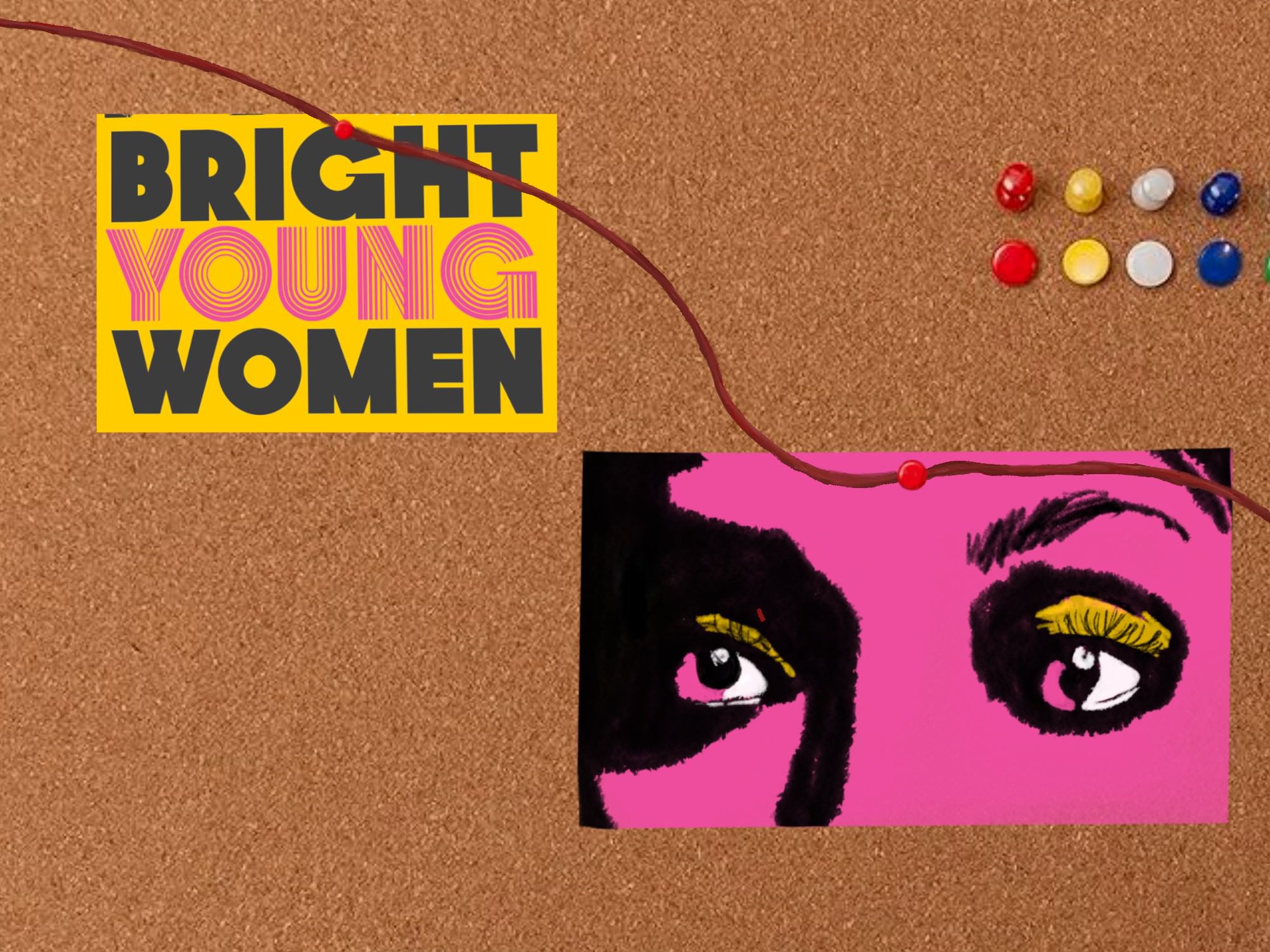Despite its obvious morbidity, America’s obsession with crime is pervasive, especially in the generation of true crime podcasts and poorly-written Netflix Originals.
I am a voracious consumer of this kind of media. Perhaps it was my stumbling onto “Criminal Minds,” or the copy of “Helter Skelter” that my parents left lying around the house when I was in high school.
That’s why I was quick to read “Bright Young Women,” the third novel by author Jessica Knoll, whose 2015 novel “Luckiest Girl Alive” was recently adapted into a movie.

The synopsis of “Bright Young Women” had many words that piqued my interest, including “murder,” “sorority house” and “serial killer.” After some research, I learned that the book’s murderer and his crimes were inspired by Ted Bundy, whose infamous killing spree took the lives of two sorority women and brutally attacked two others, all from Florida State University.
The book maintains identical timelines and causes of death as those that occurred in real life, but the characters are all different.
The novel is told primarily from the point of view of Pamela Schumacher, a sorority president forced to pick up the pieces after a serial killer breaks in and murders two girls in their sorority house, including her best friend.
Due to clueless and dismissive authorities, the aftermath of the crime becomes even more complicated and overwhelming for Pamela, who eventually crosses paths with a woman named Tina Cannon with a unique connection to the events.
I can assure you that the plot is incredibly riveting, but for me, the book’s impact extended beyond its storyline. “Bright Young Women” is presented in a victim-centric way — a refreshing framing.
Despite my breadth of knowledge about prolific serial killers, I’d be hard-pressed to recall the names of their victims, regardless of whether they were killed or not, but continue to suffer physical or emotional damage.
I never quite realized this until I read “Bright Young Women,” a book that gives minimal attention to the criminal and all power to the women impacted by his heinous actions.
Not once does Knoll attach a name to the killer throughout the entire book. She only refers to him as “the Defendant” — a significant stylistic decision — which reflects how the eeriness and intelligence of serial killers is often emphasized above their disturbing crimes.
I don’t think that this point can be overstated. This positive light is cast on serial killers in film and television portrayals as well, including actors such as Mark Harmon and Zac Efron playing Ted Bundy, both of which were considered young and conventionally attractive in their respective times.
I would argue that these portrayals may have grave consequences; let’s not forget how many prolific serial killers, including Bundy and Charles Manson, had massive followings of generally female superfans who would write them letters in jail and defend them to the press.
Media has given Bundy a wholly undeserved form of acclaim and glory, whether they have portrayed him a criminal mastermind who escaped prison or an attractive young man who used his charm to lure women into his clutches.
While I do certainly understand that sensationalism makes for great business, these portrayals almost always neglect the victims.
In “Bright Young Women,” Knoll does an amazing job of rewriting the narrative in an innovative and inspiring way. She doesn’t focus on the murderer, but instead on the women who exhibit unbelievable strength and resilience in the wake of these crimes.
I found the novel to be a well-written and detailed emulation of female friendships and sisterhood, which I find to be completely unexpected qualities for a story about a serial killer.
I don’t think I’ll get tired of true crime soon, but I do truly believe that I will approach the genre from a completely different angle after reading “Bright Young Women.” I will also be more diligent about locking my doors, and probably continue to stay away from the state of Florida.
















































































































